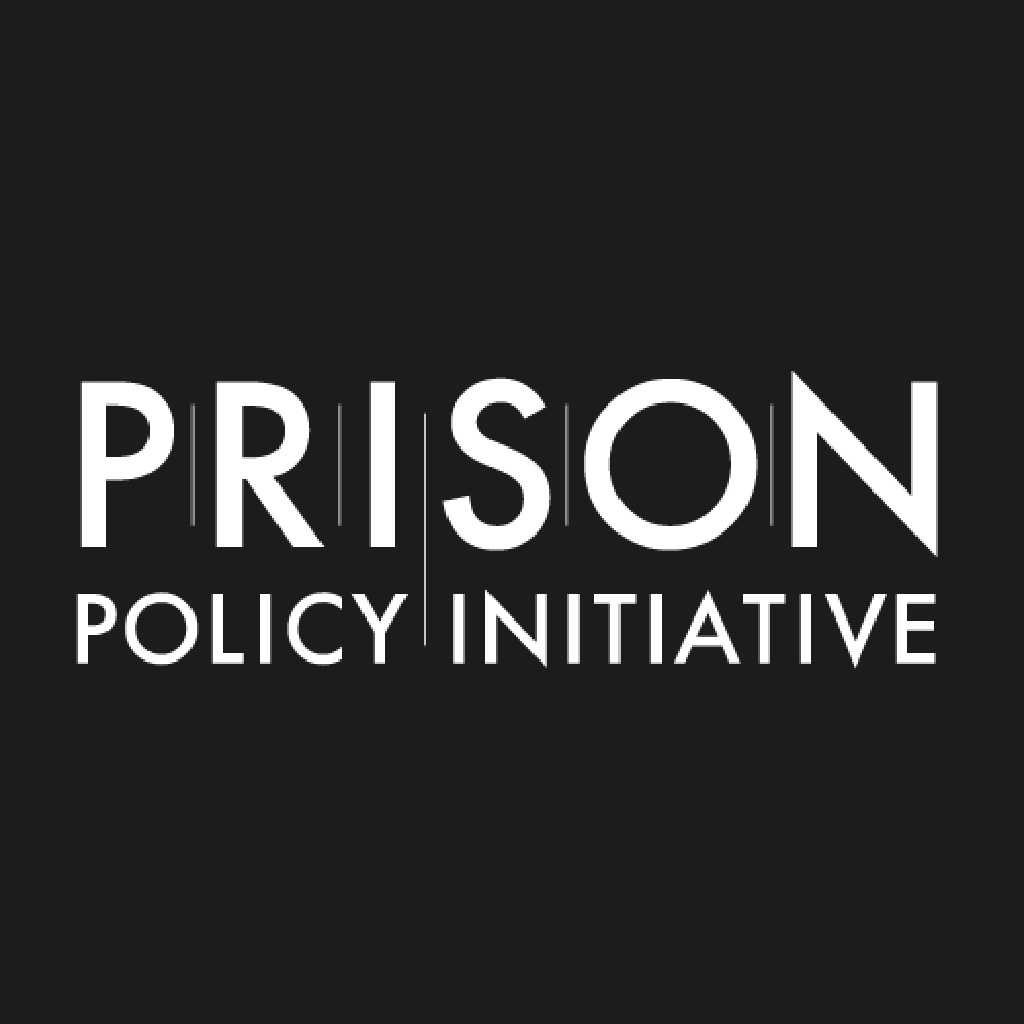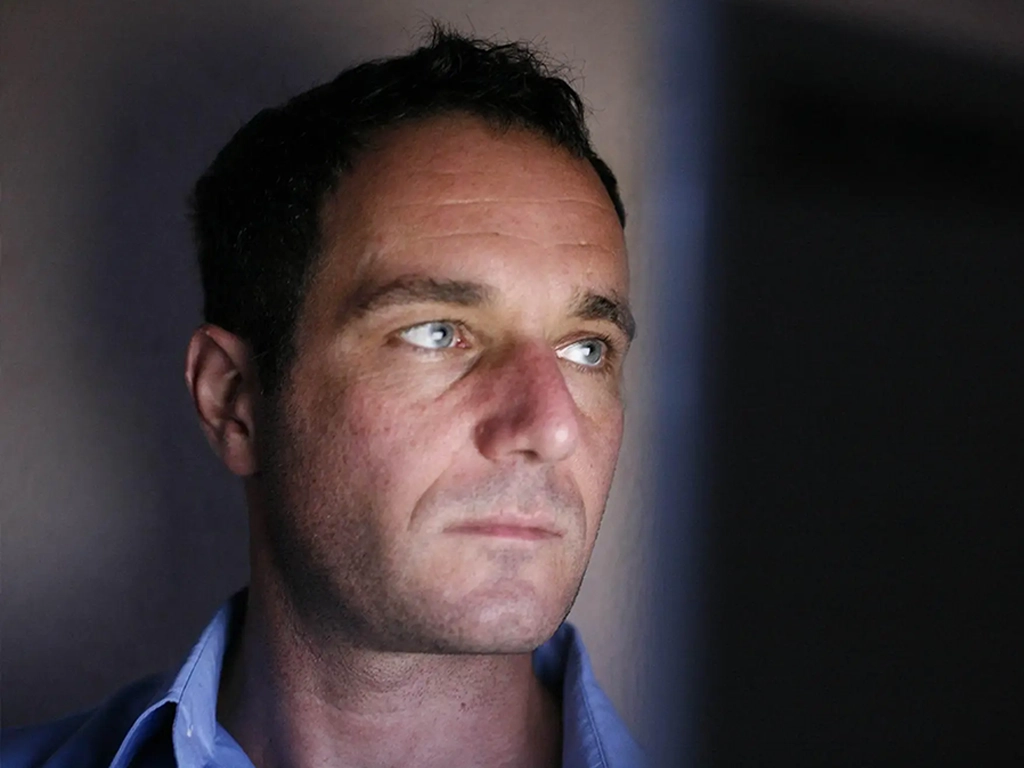Professor Mason on Federal Reserve Policy in Barron’s
Monetary policy once followed a clear logic: higher interest rates led to lower inflation by curbing spending and wage growth. But the 2007–2009 financial crisis and its sluggish recovery challenged this view, sparking new debates on inflation and economic policy.




